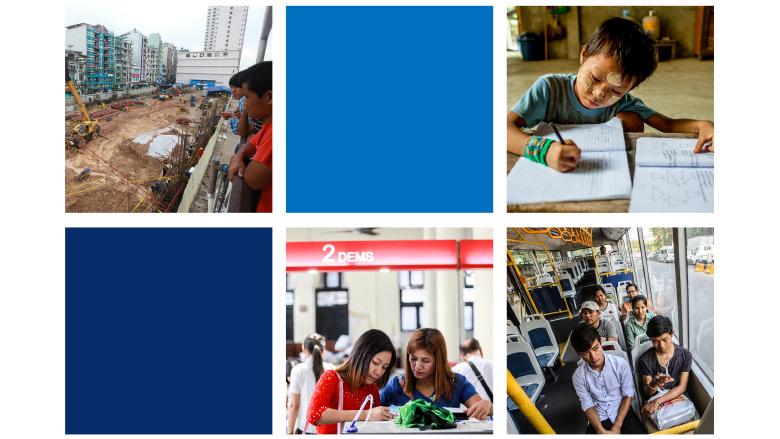Myanmar had a strong economic takeoff between 2011 and 2015, but sustaining it will depend on improvements to public services and infrastructure.
- General government spending at 15% of GDP is much lower than what is needed to deliver these improvements, and well below countries at a similar level of development that spend over 20% of GDP on public services.
- Room in the government budget to provide resources for public services without undermining financial sustainability, and resilience in Myanmar are limited by a small revenue base, spending inefficiencies, and limited financing options.
- Myanmar’s lack of fiscal space hampered the country’s resilience to economic shocks, including the recent decline in commodity prices, the exchange rate volatility in 2015/16, and Cyclone Komen in the summer of 2015.
- These fiscal challenges also limited much needed public investment in infrastructure, such as power generation and roads, and in human capital thus negatively affecting Myanmar’s ability to continue attracting high quality private investments.
Myanmar could affordably finance its priority needs by reallocating spending from less important areas to priority areas, raise more revenue or borrow. The report provides the following options:
- Planning for the medium-term and balancing budget discipline with the need for increased government spending. This means reprioritizing spending to important areas and raising more resources.
- Prioritizing among infrastructure projects to reduce delays and meet pressing needs, especially by increasing the share of spending on energy and transport projects. The share of capital spending on transport and energy in 2011/12 and 2014/15 was 31% and 24% respectively.
- Reducing the reliance of state economic enterprises (SEEs) on the Union Budget, by better monitoring SEE performance and developing an SEE strategy. SEE losses amounted to 0.7% of GDP in 2014/15.
- Improving tax revenue collection by reducing tax incentives and improving administration. Myanmar’s tax revenue to GDP was 6.4% in 2016-17 – one of the lowest in the world.
- Managing public debt to reduce interest cost and to reduce risk, thereby reducing reliance on short-term Central Bank financing of the deficit.
